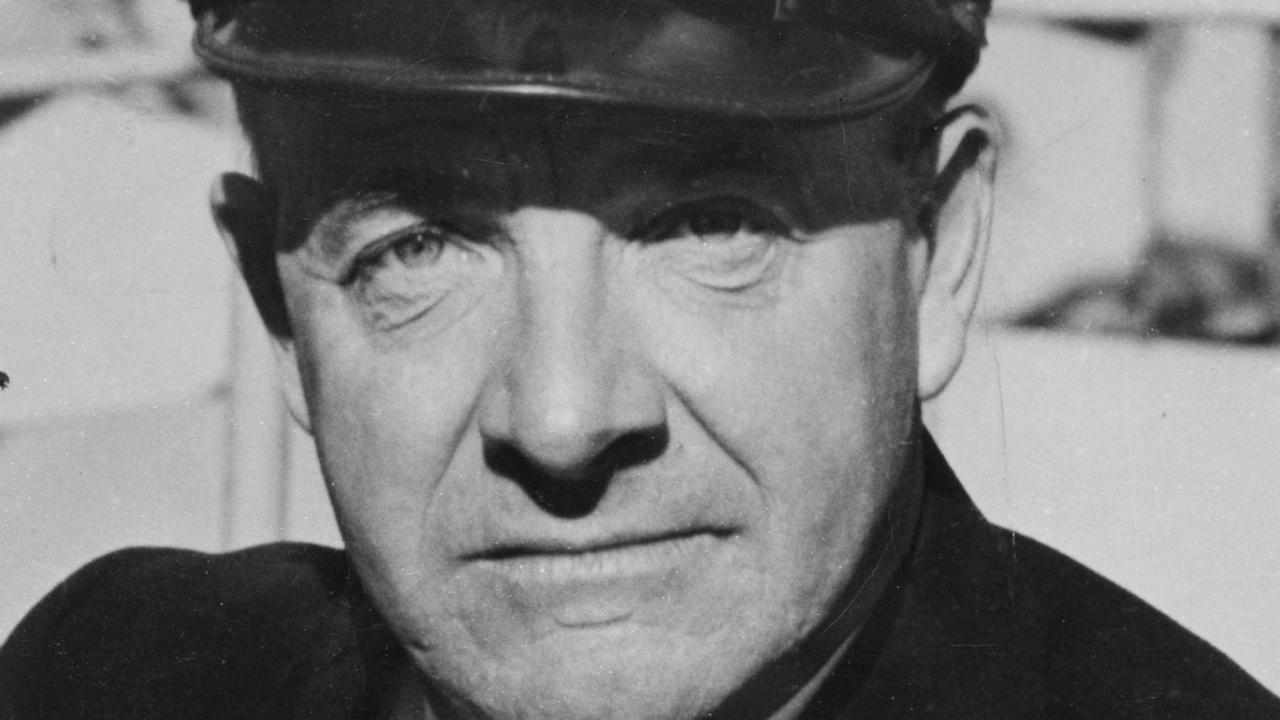Private bus operators gave our state bus services a run for their money
THE Dion Bus Service is the oldest surviving private bus company in the state and will be among those celebrating the 75th anniversary of BusNSW, founded at the end of 1941, at Sydney Showground this week.

Today in History
Don't miss out on the headlines from Today in History. Followed categories will be added to My News.
ALTHOUGH their Cantonese-born father ran the largest market garden around Wollongong on a 4ha plot at Fairy Meadow, the Dion offspring jumped aboard a brighter future on an enclosed T-Model Ford in 1923.
The Dion family’s Shanghai Express and China Clipper bus services soon provided efficient and reliable public transport from Wollongong to Shellharbour and Kiama.
The Dion Bus Service, launched with a single Model T Ford running on solid rubber tyres with a custom-built wooden body, is the oldest surviving private bus company in NSW.
Dion will be among bus operators celebrating the 75th anniversary of BusNSW, founded at the end of 1941 to represent private bus operators in NSW, at Sydney Showground this week.
As Ted, Barney, Ernie and Les Dion joined older brother Thomas to drive services around the Illawarra, at Newcastle former driver George Ryder purchased two small bus operators, South Maitland Motor Company and Marble Bar Motor Service, to found Rover Motors in 1925. Soon joined in business by Rab Lewis, Rover Motors delivered coal miners to work and their families to local shops, and is the state’s second oldest surviving bus company.

Other pioneering services fell victim to punishing government policies, grounded as politicians taxed private buses to protect state-run tram and railway services.
The state government had introduced four motor buses to replace horse-drawn wagons from December 1905 to May 1906. Finding the two single and two double deck steam-powered machines expensive to operate, the services were abandoned.
A private service started between Manly and Pittwater in February 1906, and another from Glen Innes to Inverell in March 1906, using small petrol-engine 10- and 16-seater vehicles. Bad roads and poor vehicle design killed both within two years, explains bus enthusiast and historian John Birchmeier.
The fledgling industry enjoyed a boost during a month-long strike by tram and railway workers in 1917, and again after World War I, when returned serviceman who had driven and serviced trucks or buses made their own jobs by purchasing petrol-powered motors and chassis, run on solid rubber wheels.
The Metropolitan Traffic Act gave the police traffic branch authority to licence drivers, conductors and vehicles, and approve bus routes in consultation with local councils.

Sydney’s fleet expanded from 15 motorised buses in 1915 to 46 motorised services on a total of 56 city routes by 1919. By the 1920s the state government was concerned owner-operator and small family bus businesses were draining revenue from public train and tram services.
“Passengers preferred buses because they took them more directly to their destination,” Birchmeier says. “Trams stuck to the main routes and in peak hour were so overcrowded that buses were vital to help move crowds.”
Bus operators were also subject to strict regulations, with a bus operator fined for overcrowding in 1919. Wollongong Council prosecuted Thomas Dion for failing to run his bus to the correct timetable on March 15, 1929, when brother Ted was at the wheel. The tardiness cost Dions 18 shilling in fines and court costs and more than £2 in professional costs. As Sydney’s bus fleet reached 600 buses in 1929, drivers competed in “bus derbies”, racing other drivers or trams for up to 30km. In 1930, when Sydney buses carried 84,482,000 passengers over 600 miles of bus route, to gross £1,640,465, the state government made its first attempt to limit private buses. The government’s £11,000,000 tram system had carried 803,864,000 passengers over 186 miles of tram routes.
The Transport Co-ordination Act of 1931 introduced a one penny-per-mile tax on 149 private buses seen as competing with trains or trams, forcing many small operators off the road. In 1932 the government introduced public bus services to fill the gaps left by the failure of private buses.
* The Australian Bus and Coach Show, Sydney Showground; October 5 and 6, free, www.busshow.com.au
Originally published as Private bus operators gave our state bus services a run for their money


